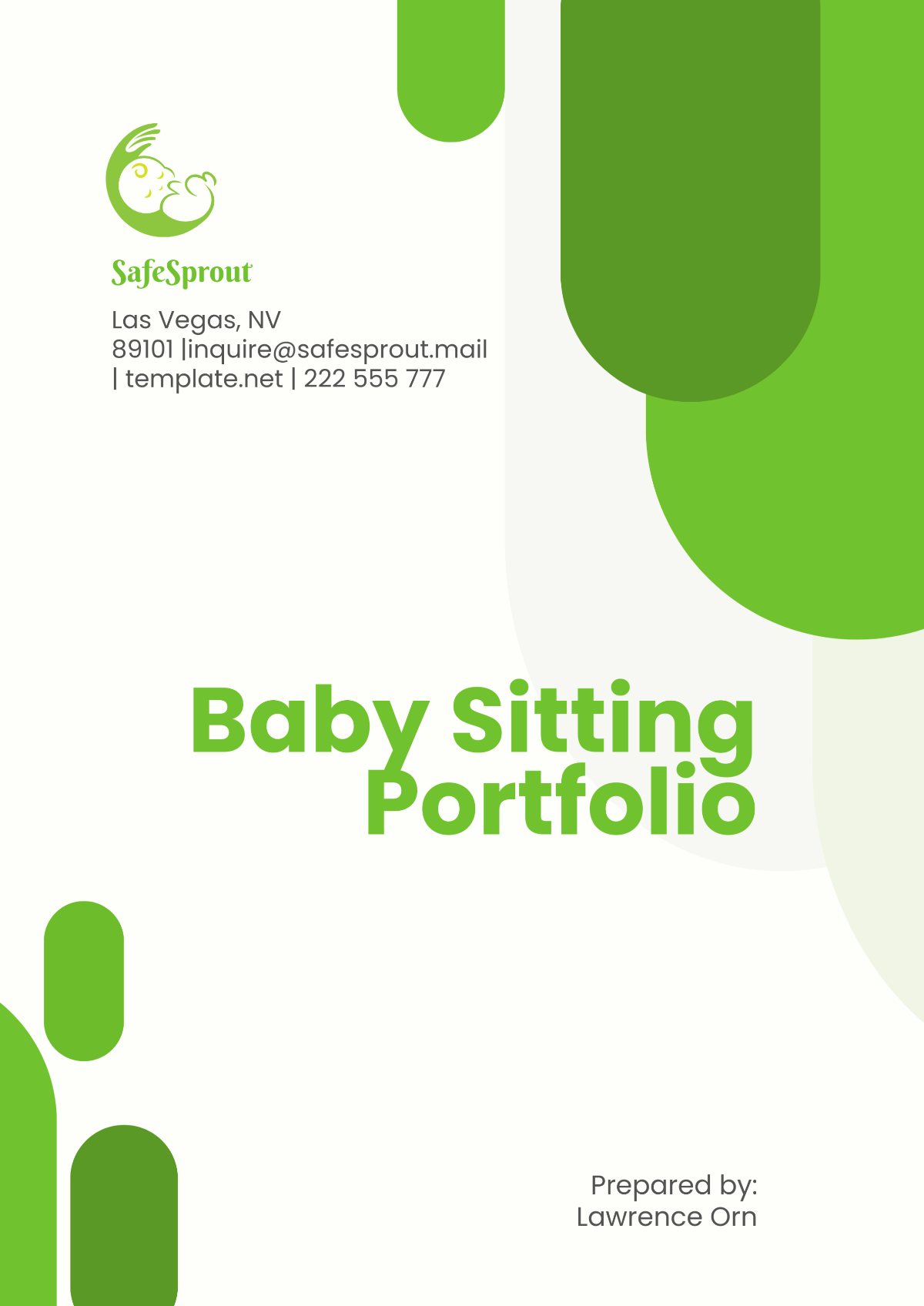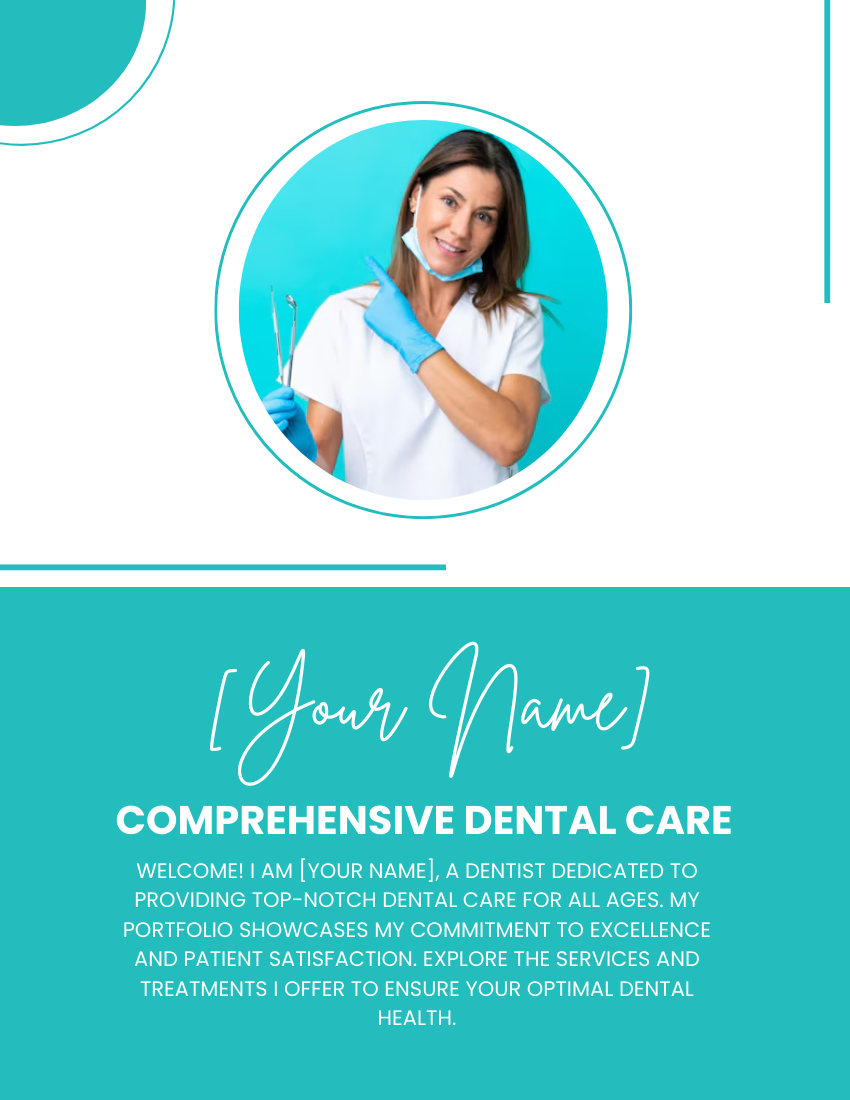Safety Audit Portfolio
I. Audit Overview
Purpose and Objectives of the Audit: The primary goal of this safety audit is to evaluate [Your Company Name]'s adherence to workplace safety standards and identify areas for improvement. Objectives include assessing compliance with health and safety regulations, evaluating the effectiveness of current safety policies, and identifying potential hazards. |
Audit Scope and Criteria: The audit will encompass all operational areas of the company, including manufacturing floors, office spaces, and storage facilities. The criteria for assessment will be based on OSHA standards, company safety policies, and industry best practices. |
Audit Team Composition: The audit team consists of a lead auditor with extensive experience in occupational health and safety, two safety officers from different departments, and an external consultant specializing in industrial safety. |
II. Pre-Audit Documentation
Pre-audit documentation is essential for a thorough understanding of the existing safety landscape. This section compiles relevant safety information and previous assessments.
A. Safety Policies and Procedures Review
All current safety policies and procedures are compiled for review. This includes emergency response plans, equipment handling guidelines, and employee safety training programs.
Document Type | Description | Last Updated |
Emergency Response Plans | Procedures for emergencies | [Month Day, Year] |
Equipment Handling Guidelines | Safe use and maintenance of equipment | [Month Day, Year] |
Employee Safety Training Programs | Training content and schedules | [Month Day, Year] |
Health and Safety Manual | A comprehensive guide on safety practices | [Month Day, Year] |
PPE Usage Policies | Guidelines on the proper use of personal protective equipment | [Month Day, Year] |
B. Previous Audit Reports
The previous audit reports are included to provide historical context and track the progress of safety improvements over time. These reports highlight past findings, recommendations, and actions taken.
Report Date | Key Findings | Recommendations Implemented |
[Month Day, Year] | Inadequate fire safety measures | Fire drills increased; fire safety equipment updated |
[Month Day, Year] | Poor ergonomic practices in the office area | Ergonomic assessments were conducted; equipment upgraded |
[Month Day, Year] | Chemical handling procedures non-compliant | Revised chemical handling protocol; staff retrained |
[Month Day, Year] | Lack of emergency exit signage | Emergency signage improved throughout the facility |
[Month Day, Year] | Inconsistent PPE usage in manufacturing | Enhanced PPE training; monitoring compliance |
C. Risk Assessment Records
Risk assessment records that detail identified hazards, their evaluation, and previous mitigation strategies are included. This gives the audit team insight into ongoing risk management efforts.
Date of Assessment | Identified Hazard | Risk Level | Mitigation Strategies Implemented |
[Month Day, Year] | Slippery floors in a warehouse | Moderate | Non-slip mats installed; regular cleaning scheduled |
[Month Day, Year] | Electrical hazards in the maintenance area | High | Electrical safety audits; equipment upgrades |
[Month Day, Year] | Excessive noise in the production area | Medium | Noise reduction initiatives; provided ear protection |
[Month Day, Year] | Overcrowding in emergency assembly points | High | Reorganized assembly points; updated evacuation plans |
[Month Day, Year] | Inadequate ventilation in the paint shop | Medium | Improved ventilation systems; regular air quality checks |
III. Audit Process and Methodology
This section outlines the systematic approach taken to conduct the audit. It details the tools, methods, and timeline for the audit.
A. Audit Checklist and Tools
A comprehensive checklist is prepared, covering various safety aspects such as workplace ergonomics, fire safety, machinery operation, and chemical handling. Tools include observation forms, interview templates, and document review guides.
Safety Aspect | Checklist Items | Tools Used |
Workplace Ergonomics | Desk setup, chair comfort, screen position | Observation Form, Ergonomic Assessment Tool |
Fire Safety | Fire extinguishers, alarms, evacuation routes | Observation Form, Fire Safety Checklist |
Machinery Operation | Machine guards, emergency stops, maintenance logs | Machinery Inspection Form |
Chemical Handling | Storage, labeling, spill kits | Chemical Safety Checklist, Interview Template |
General Safety Compliance | PPE usage, signage, first aid availability | General Safety Checklist, Document Review Guide |
B. Audit Methodology
The audit uses a combination of direct observation, interviews, document analysis, and compliance verification. The methodology is designed to be comprehensive, ensuring both qualitative and quantitative assessment of safety practices.
Methodology Component | Description | Application Example |
Direct Observation | Visually inspecting workspaces and practices | Inspecting PPE usage on the manufacturing floor |
Interviews | Talking with employees about safety practices | Discussing safety concerns with warehouse staff |
Document Analysis | Reviewing safety records and documentation | Analyzing past incident reports and safety meeting minutes |
Compliance Verification | Checking adherence to safety regulations | Verifying compliance with OSHA standards |
Quantitative Assessment | Using data and metrics for evaluation | Reviewing safety training attendance records |
C. Schedule and Timeline
The audit is scheduled to begin on [Start Date] and conclude on [End Date]. It includes on-site visits, team meetings, and a final review session. A detailed timeline ensures that each aspect of the audit is conducted efficiently and thoroughly.
Audit Activity | Scheduled Date(s) | Description |
Initial Team Meeting | [Month Day, Year] | Pre-audit preparation and planning |
On-site Visits | [Month Day, Year] | Direct observations and employee interviews |
Document Review Session | [Month Day, Year] | Analysis of safety documentation |
Mid-Audit Review | [Month Day, Year] | Review findings and adjust audit focus if needed |
Final Review Session | [Month Day, Year] | Discuss final findings and prepare an audit report |
IV. Audit Findings and Observations
This section details the specific findings and observations made during the safety audit. It provides an in-depth analysis of compliance levels, hazards, and safety practices at [Your Company Name].
A. Detailed Findings
The findings include areas where safety protocols are well implemented and areas needing improvement. For instance, excellent compliance in PPE usage in the manufacturing department, but insufficient emergency exit signage in storage areas.
Area/Aspect | Finding | Compliance Level | Recommended Action |
PPE Usage in Manufacturing | Excellent adherence to PPE protocols | Excellent | Maintain current practices |
Emergency Exit Signage | Insufficient signage in storage areas | Needs Improvement | Install additional signage |
Fire Safety Equipment | Fire extinguishers not easily accessible | Moderate | Relocate for better accessibility |
Machinery Safety | Safety guards missing on some equipment | Poor | Immediate installation of guards |
Employee Training Records | Incomplete training records in the office department | Needs Improvement | Update and maintain records |
B. Observation Notes
Observational notes highlight specific instances and behaviors noted during the audit. This might include employee adherence to safety measures and the condition of safety equipment and facilities.
Observation Area | Specific Notes | Implications |
General Work Environment | Work areas are well-maintained and organized | Positive work safety culture |
Employee Behavior | Most employees consistently follow safety protocols | High level of safety awareness |
Safety Signage Visibility | Some safety signs obstructed or faded | Potential safety risk |
Equipment Maintenance | Some machinery overdue for maintenance checks | Risk of equipment failure |
Hazard Reporting Process | Employees unclear on reporting procedures | Need for improved communication |
C. Compliance Assessment
The audit assesses compliance on a scale from 'Excellent' to 'Poor'. Each department's compliance is rated based on the observed practices, employee interviews, and documentation reviews. The assessment helps in identifying areas that require immediate attention and those performing well.
Department/Area | Compliance Rating | Key Observations |
Manufacturing | Excellent | High PPE adherence, safe machinery operation |
Storage | Moderate | Good overall but needs better emergency signage |
Office | Moderate | Well-kept workspaces but incomplete training records |
Maintenance | Needs Improvement | Missing safety guards, delayed equipment maintenance |
Administration | Good | Adequate compliance but needs a better hazard reporting process |
V. Recommendations and Action Plan
Based on the audit findings, this section proposes actionable recommendations and outlines a detailed plan for improving safety standards at [Your Company Name].
For each identified issue, specific corrective actions are recommended. For example, upgrading emergency signage, implementing regular safety training sessions, and revising the current hazard reporting process.
The action plan includes timelines and responsible parties for each recommendation. It outlines short-term actions (like immediate repairs) and long-term strategies (like policy revisions). The plan assigns clear responsibilities to ensure effective implementation.
A follow-up schedule is set to monitor the implementation of the action plan. This includes periodic check-ins and a full re-audit scheduled for one year later. The follow-up ensures ongoing commitment to safety improvements and accountability for the action plan.
Prepared by:
[Your Name],
[Your Job Title]
[Your Email] | [Your Number]

















































